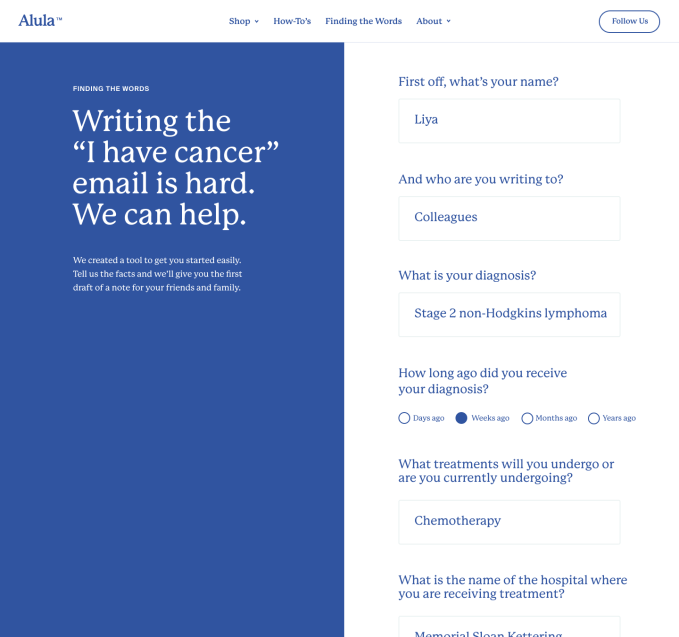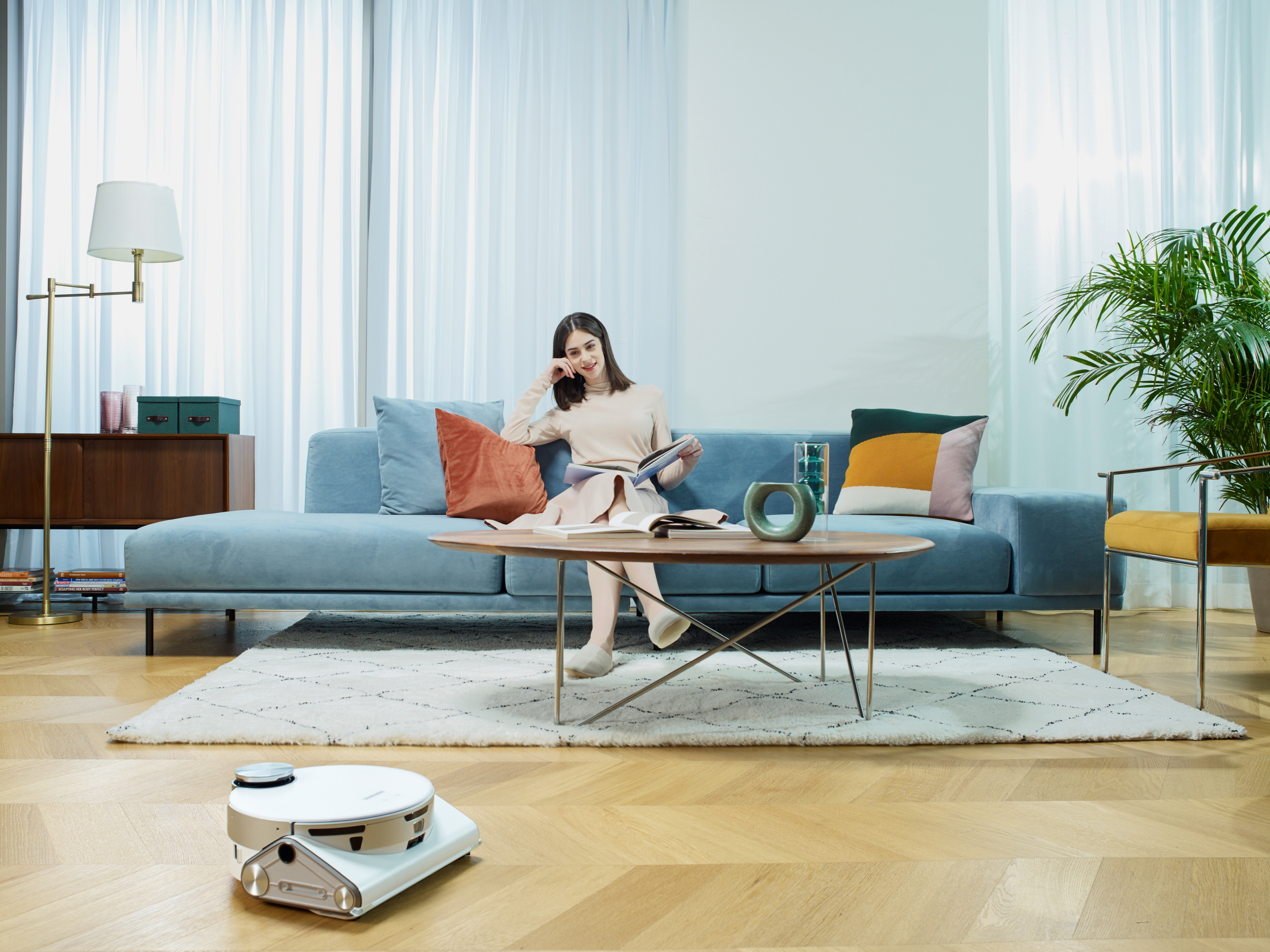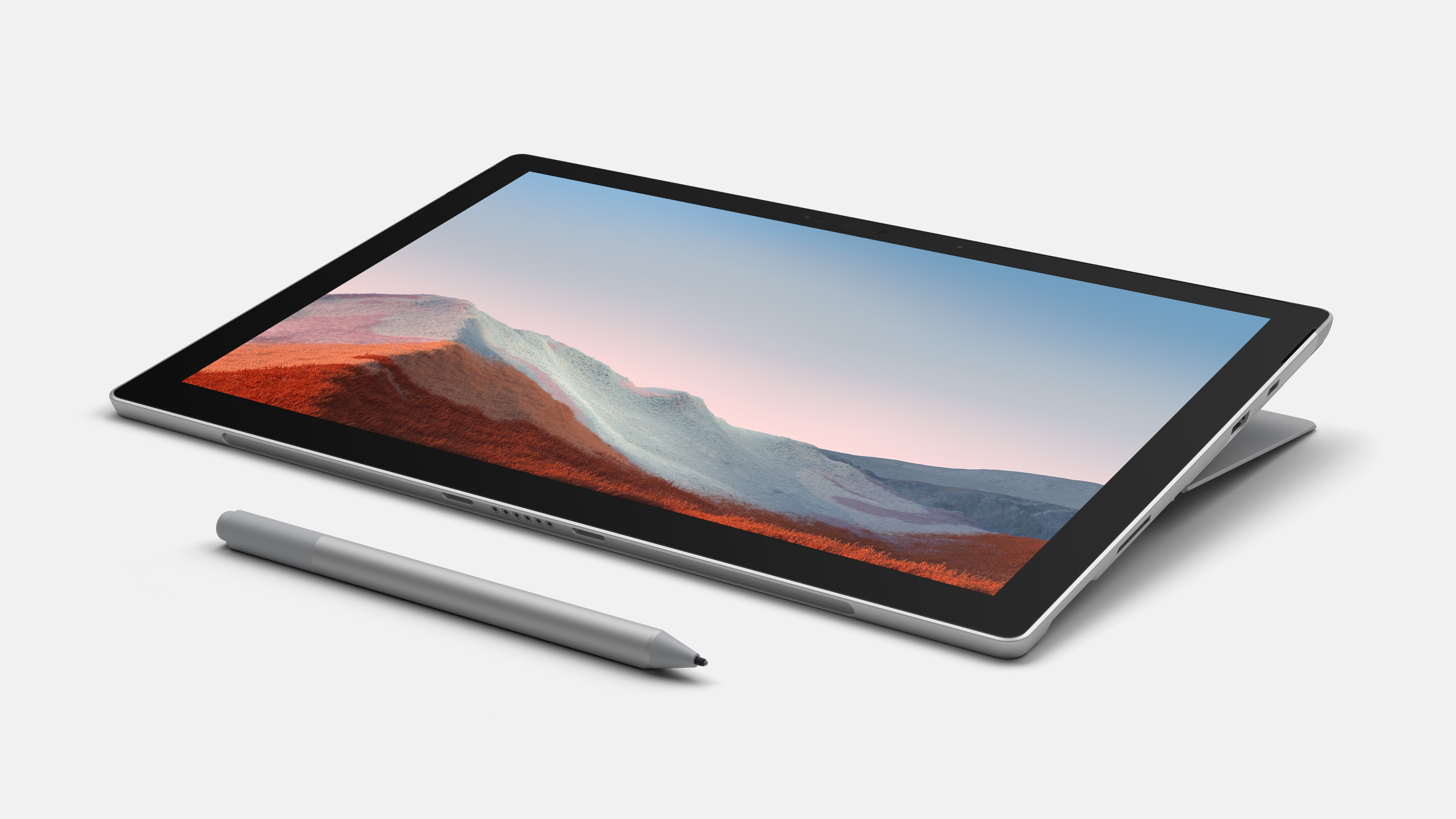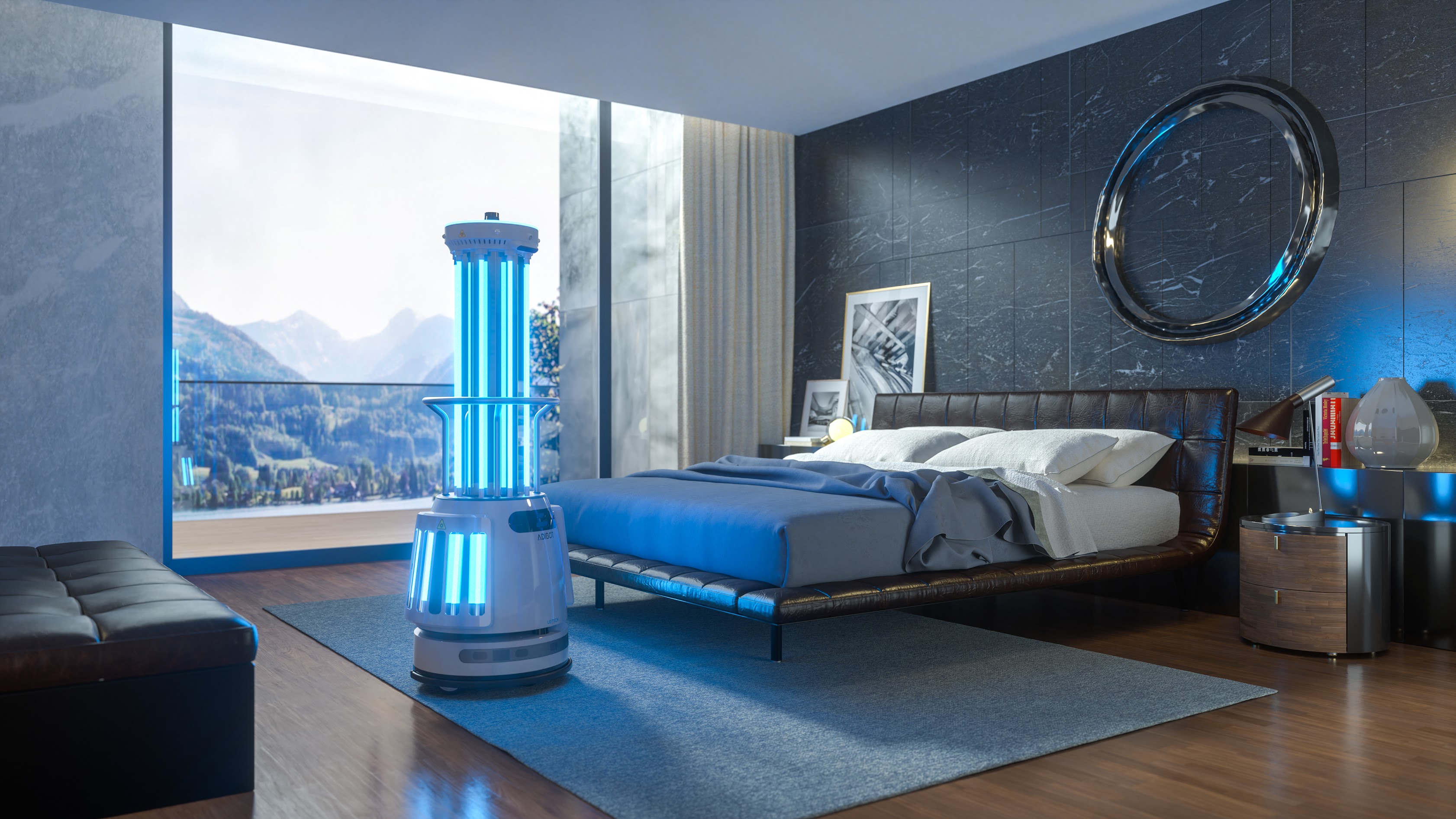- January 11, 2021
- by:
- in: Blog
According to the National Cancer Institute, some 1.8 million people are diagnosed with cancer each year in the U.S. alone. Factor in the friends, family and loved ones of those patients, and the number of people affected by this disease can boggle the mind. Liya Shuster understands this struggle all too well. After her mother
According to the National Cancer Institute, some 1.8 million people are diagnosed with cancer each year in the U.S. alone. Factor in the friends, family and loved ones of those patients, and the number of people affected by this disease can boggle the mind.
Liya Shuster understands this struggle all too well. After her mother was diagnosed with early-stage breast cancer, she herself was diagnosed with a rare form of non-Hodgkin lymphoma, transitioning from caregiver to patient to survivor. Her experience led her to start Alula, a platform for those fighting cancer, that launches officially today.
Alongside its launch, Alula is also announcing that it closed a $2.2 million seed round from BBG Ventures, Metrodora Ventures, Thrive Capital, Village Global, Homebrew, Shrug Capital, Basement Ventures, Company Ventures, K5 Global, K50 Ventures, and several angels.
Despite the sheer number of people affected by cancer and cancer treatment, there aren’t many resources out there to help them understand what to expect.
“A lot of people are researching scattered parts of the internet for various elements of product recommendations, ways to communicate ways to raise money for your treatment, ways to understand how to tell people or to announce to your boss that you have treatment,” said Shuster. “It is not in a singular place, it is not organized in a radically honest way. It’s hard to understand who to trust.”
Alula is a multi-pillared platform that, in the words of Shuster, takes a radically honest approach to preparing its users for everything they’ll go through during their treatment. That includes products they’ll need to deal with the treatment process, communication tools to help coordinate support, and content to encourage and support patients on their journey.
Shuster explained that her oncologists and doctors prepared her for some of the after effects of her treatment, like losing her hair, but couldn’t recommend a good place to purchase a wig, for example. So Alula has built out a marketplace with products that have been recommended by patients, and guided by an advisory board of medical experts. It includes personalized registries and ‘cancer survival kits’ that are categorized by the type of treatment a patient is going through.
Alula also provides communication tools to users. Many people use email to share the news of their cancer diagnosis with their friends and family. It’s often the most difficult email a person has ever had to write, says the company, and Alula guides them through that process with customizable templates. Alula also provides shareable treatment calendars to help coordinate a ride to treatment or organizing people to sit with patients at treatment, etc.

Image Credits: Alula
The truth is that the cancer journey is never really over. There is always something new to be prepared for and understand.
“I am continuously surprised how the after effects persist and are new,” explained Shuster. “I’m currently struggling with medically induced menopause, at the tender age of 32. I just recently got diagnosed with radiation fibrosis in my chest and back, which is the stiffening of my muscles from my radiation, and I am seeing a cardiologist because one of the chemo drugs that I needed was cardiotoxic.”
To address this, the company is also building out a library of content to help patients and caregivers navigate the difficult process. This type of information is usually only found through conversations with other cancer patients during treatment, and Alula is looking to centralize and organize that content for its users.
Right now, the business model is focused on affiliate fees that come from the marketplace, but Shuster explained that Alula is looking to start buying products wholesale that it can retail.
Today, Shuster is not only celebrating the launch of Alula, but of her three-year cancerversary and nearly two years of being in remission.










